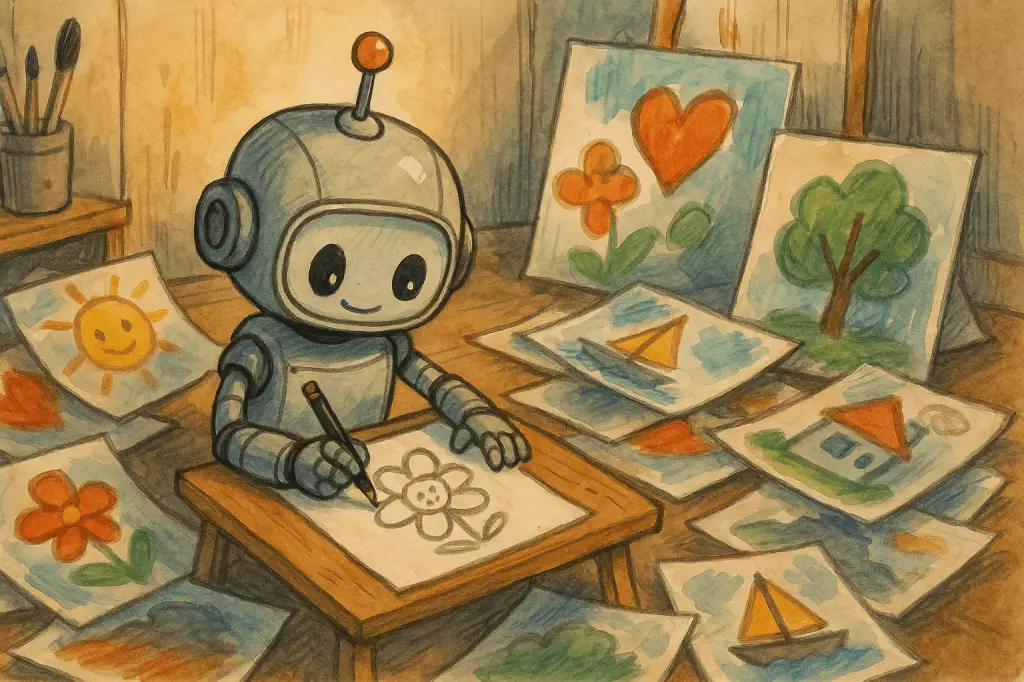In an exhilarating leap for digital creativity, OpenAI has harnessed the potential of its latest API, which includes the gpt-image-1 model. This advancement allows businesses to seamlessly integrate Studio Ghibli-inspired images into their creative projects, marking a significant turning point in the accessibility of high-quality digital art. The gpt-image-1 model isn’t merely an add-on—it’s a game changer that empowers developers and enterprises to enrich their products and services with stunning visuals, thus enhancing user engagement and brand loyalty.
The incorporation of AI-generated imagery opens the doors to a multitude of industries, enabling them to create tailored visual content that remains true to their branding and operational standards. The level of customization offered by this model is particularly noteworthy. OpenAI’s technology can create images across various artistic styles while adhering to specific guidelines, illustrating its versatility. This has the potential to transform sectors like marketing, entertainment, and education, redefining how visual content is currently produced.
The Economics of Image Generation
However, as with any innovative tool, financial implications are a crucial aspect to consider. OpenAI’s pricing structure sets the cost for text input tokens at $5 per million tokens; image input tokens at $10 per million tokens, and strikingly high image output tokens at $40 per million tokens. In contrast, competitors such as Stability AI and Google present more competitive pricing models—Stability AI operates on a credit system where each credit is equivalent to $0.01, making it easier for businesses to manage costs. Such discrepancies prompt important questions about the viability of adopting OpenAI’s technology, particularly for smaller enterprises that may face budget constraints.
In a marketplace where every dollar matters, the pricing strategy can significantly influence adoption rates. Businesses must assess whether the advanced capabilities of OpenAI’s models justify the potentially hefty price tag, particularly when more affordable alternatives exist. Nevertheless, the allure of high-caliber outputs may still appeal to creative firms willing to invest for superior quality.
A Flood of Creativity or a Glut of Similarity?
The overwhelming popularity of AI-generated images, especially those inspired by the whimsical charm of Studio Ghibli, led to a surge of identical images populating social media platforms. In a matter of days, the online landscape became saturated with creations that echo the distinctive aesthetic of the beloved animation studio. This development raises critical concerns about originality and the oversaturation of AI-generated content. Is this flood of creativity a boon, or does it risk dulling the impact of art in the digital arena?
OpenAI has acknowledged the unprecedented strain on its infrastructure, with CEO Sam Altman humorously noting that their GPUs were “melting” under the weight of user demand. This situation poses challenges that extend beyond mere technical limitations—issues of copyright, authenticity, and the very essence of creativity itself come to the forefront. As algorithms churn out visually stunning images at an extraordinary pace, the question of how humanity perceives and values art becomes increasingly complex.
Transforming Enterprise Solutions
Enterprises are continuously on the lookout for tools that allow rapid image creation without diverting from core operations. By embedding the gpt-image-1 model within existing workflows, companies can create visuals that not only enhance their branding but also streamline processes. For instance, platforms such as Canva can utilize this model to provide users with rich, customizable imagery right at their fingertips, thereby democratizing creative tools for users across varying skill levels.
Moreover, companies like GoDaddy and Airtable are innovating in their sectors by integrating AI-generated imagery into logo creation and asset management, respectively. These developments signal a broader trend toward the necessity of real-time creative solutions that complement complex commercial needs. The metadata features included in AI-generated images—tracking provenance and ownership—will also usher in a new era of accountability in digital content creation.
As businesses explore these avenues, the implications of employing artificial intelligence in creative processes extend far beyond efficiency; they pose philosophical questions about the nature of creation and artisthood. The evolution of this technology will inevitably shape what we consider to be creative work in the digital age, encouraging a re-examination of our understanding of artistic expression.
In a world where creativity and technology intersect more dynamically than ever before, the potential to redefine artistic boundaries is exciting, yet it also demands a thoughtful exploration of the future of art in the age of AI.


Leave a Reply